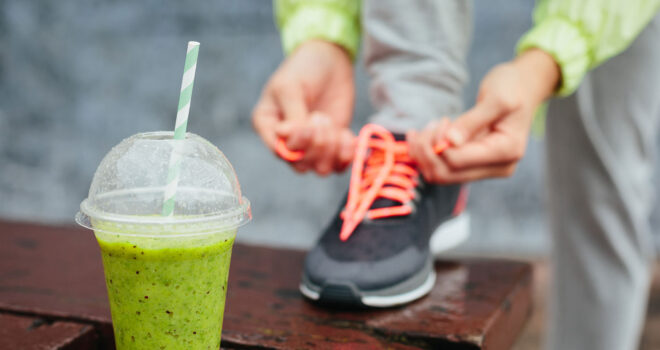Vegetables are a necessary part of a meal for athletes, too, because of the role they play in hydration, remineralization, and recuperation, to name a few.
Water, vitamins, and minerals
The main advantage of vegetables for an athlete is their role in maintaining good hydration, one factor that can limit performance. They are naturally very high in water, which spreads to the cells throughout digestion. An estimated 40% of our water intake comes from the foods we eat. Much of this intake comes from fruits and vegetables.
Another advantage vegetables provide is their vitamin and antioxidant content. Spinach, bell peppers, cabbage, tomatoes, and other vegetables provide not only the necessary elements for muscular tone, but also repair the damage done by free radicals generated by stress and intense effort.
Vegetables are also a good source of minerals and trace elements, which promote neuromuscular transmission (the communication of orders to the muscles) and facilitate recuperation after effort.
Complex carbohydrates and athlete
Dry legumes (lentils, chickpeas, beans, etc.), just like pasta and rice, are important foods for supporting physical effort, because they provide complex carbohydrates that distill energy (glucose) to muscle cells during that effort. Even better, you can combine them (starch + dry legume) for optimal energy intake, and also for a balanced source of plant-based protein and improved digestion.



 Carott
Carott  Chard
Chard  Vegetable garden: growing sorrel
Vegetable garden: growing sorrel 









